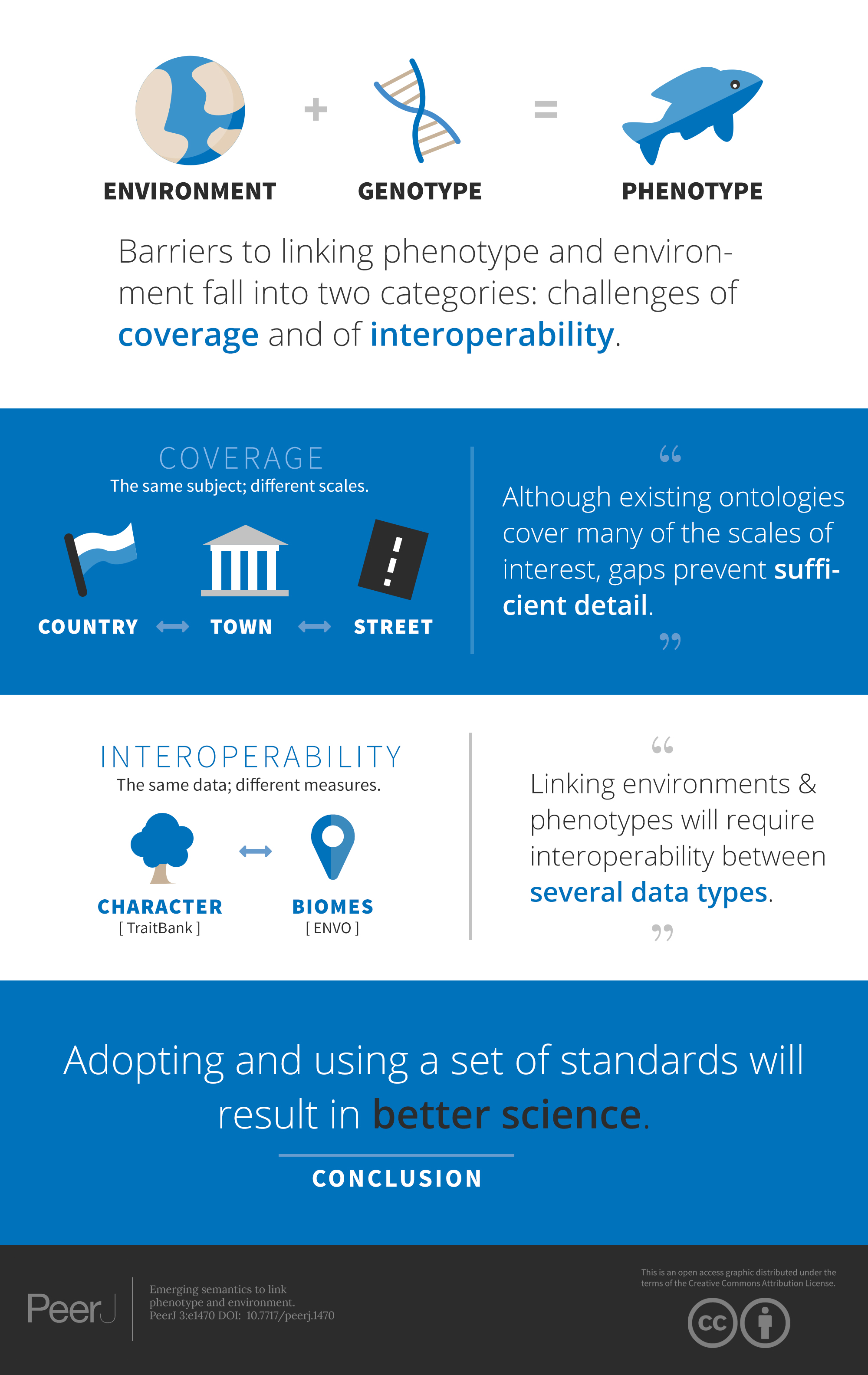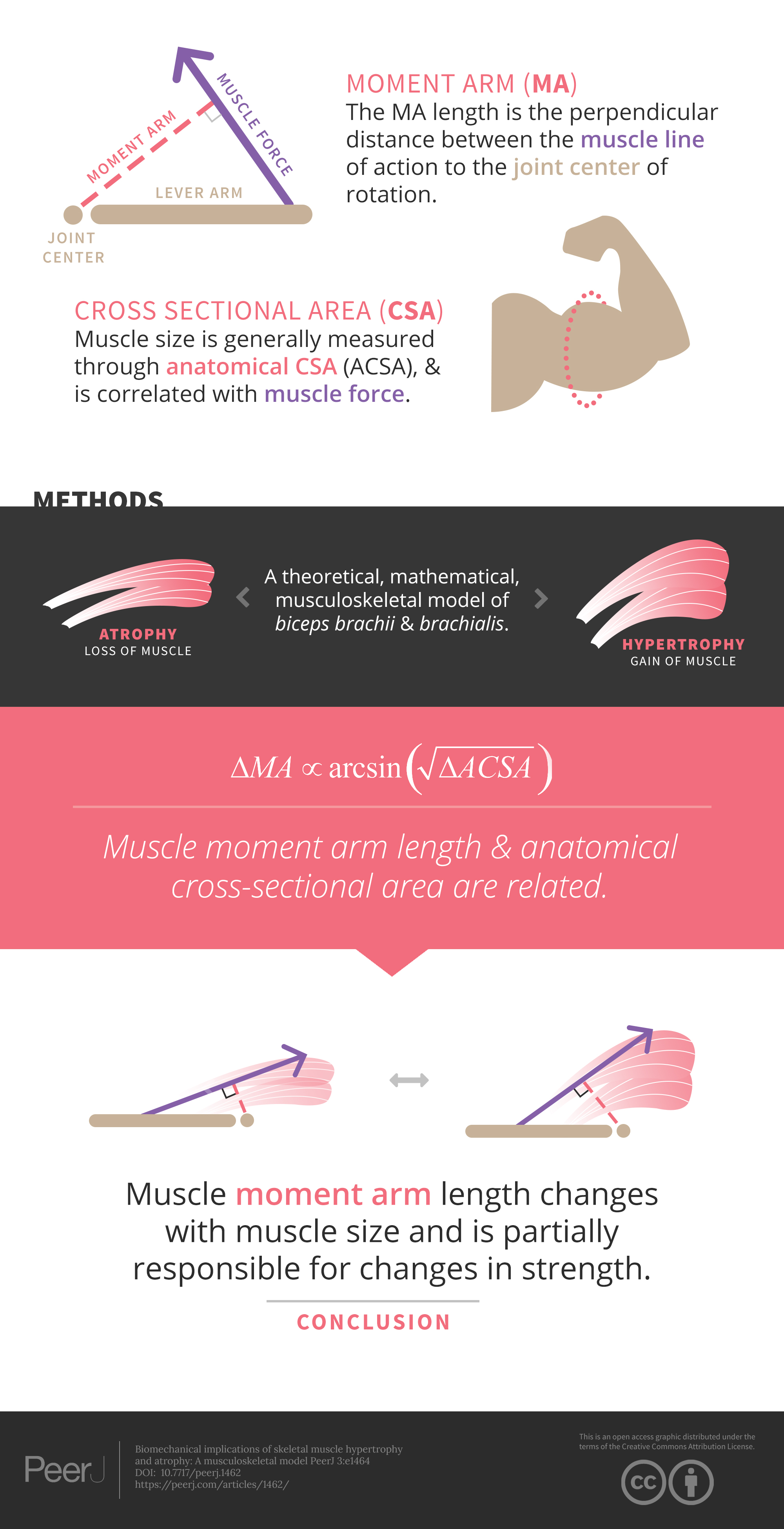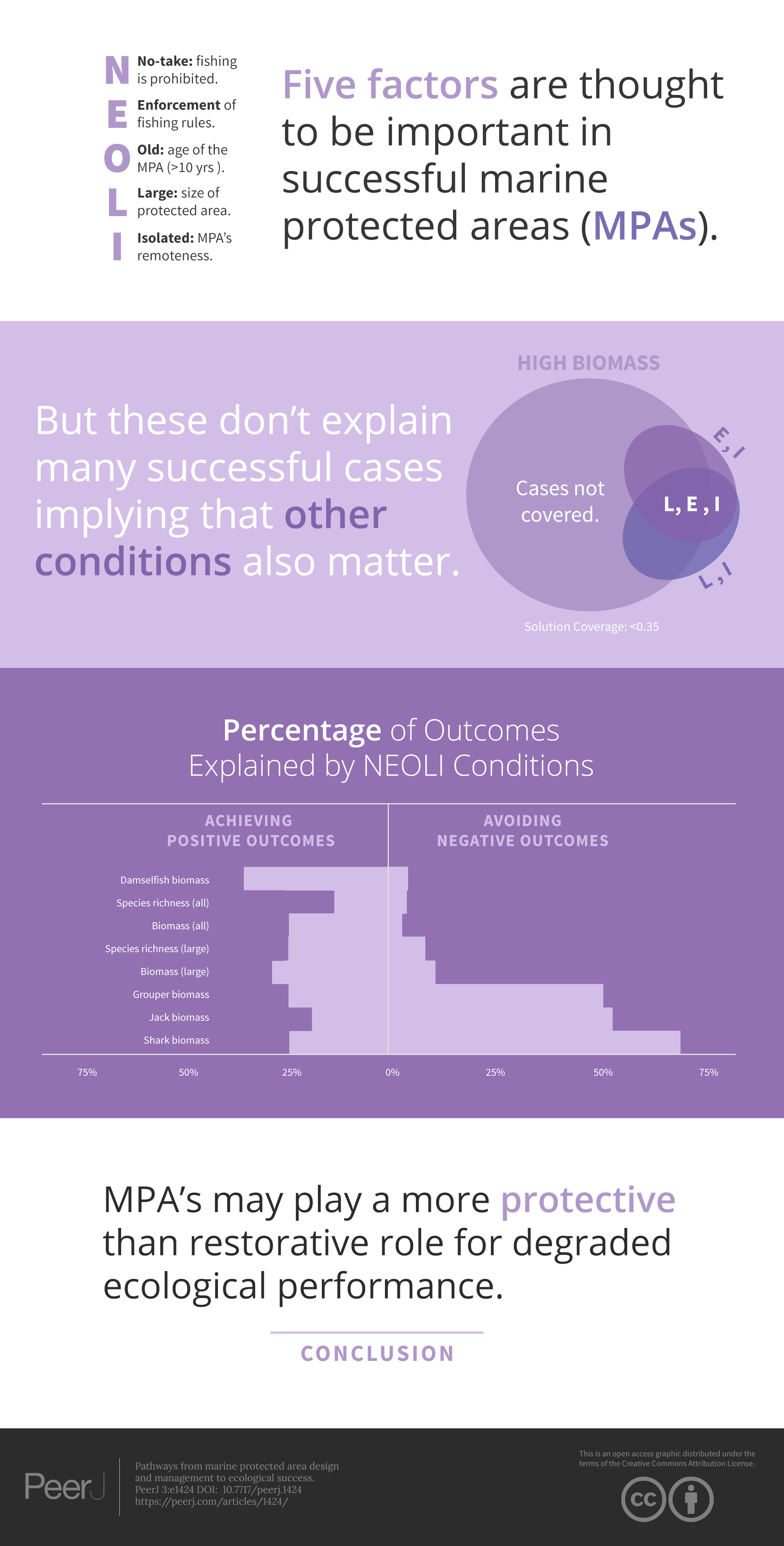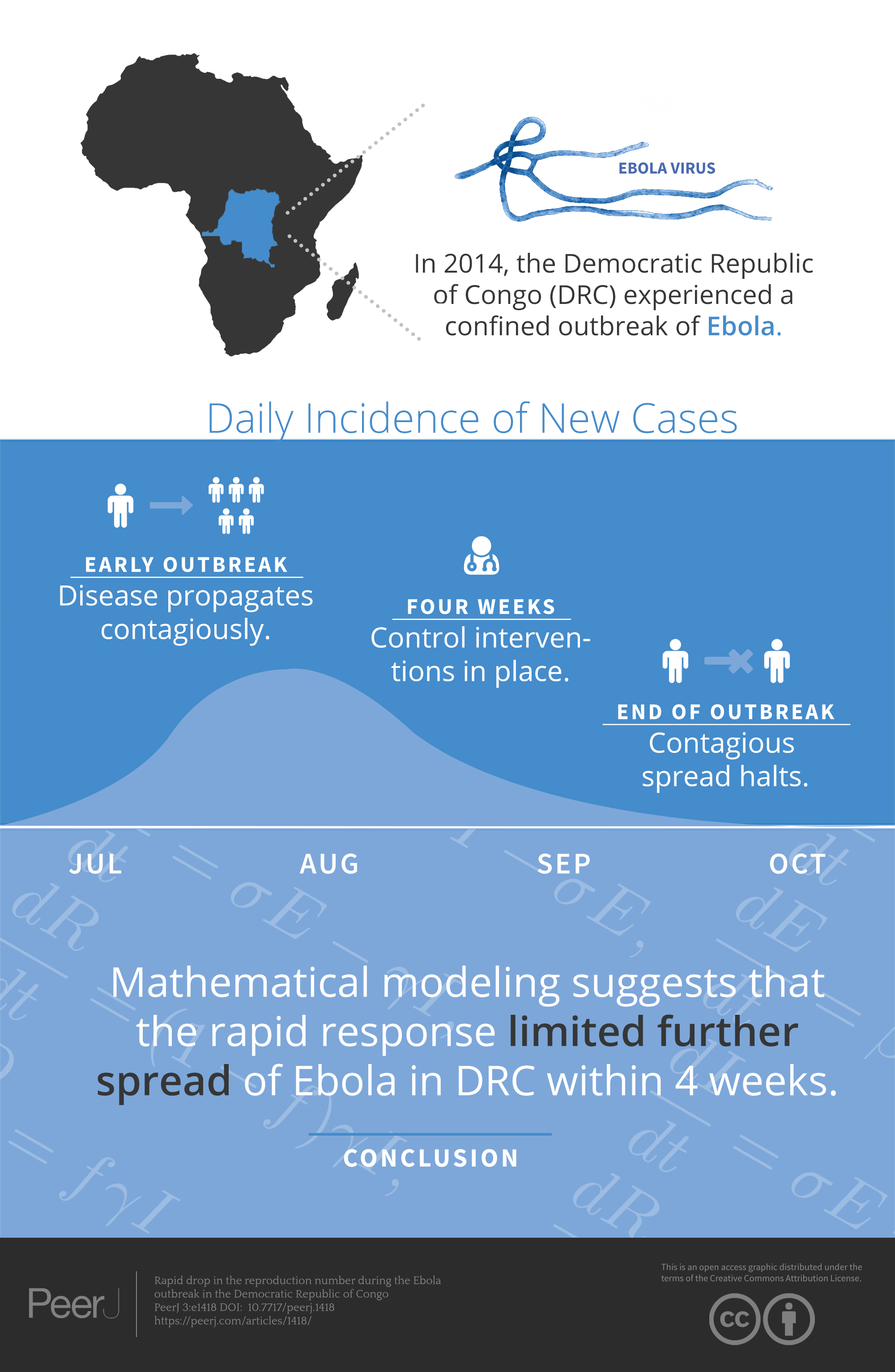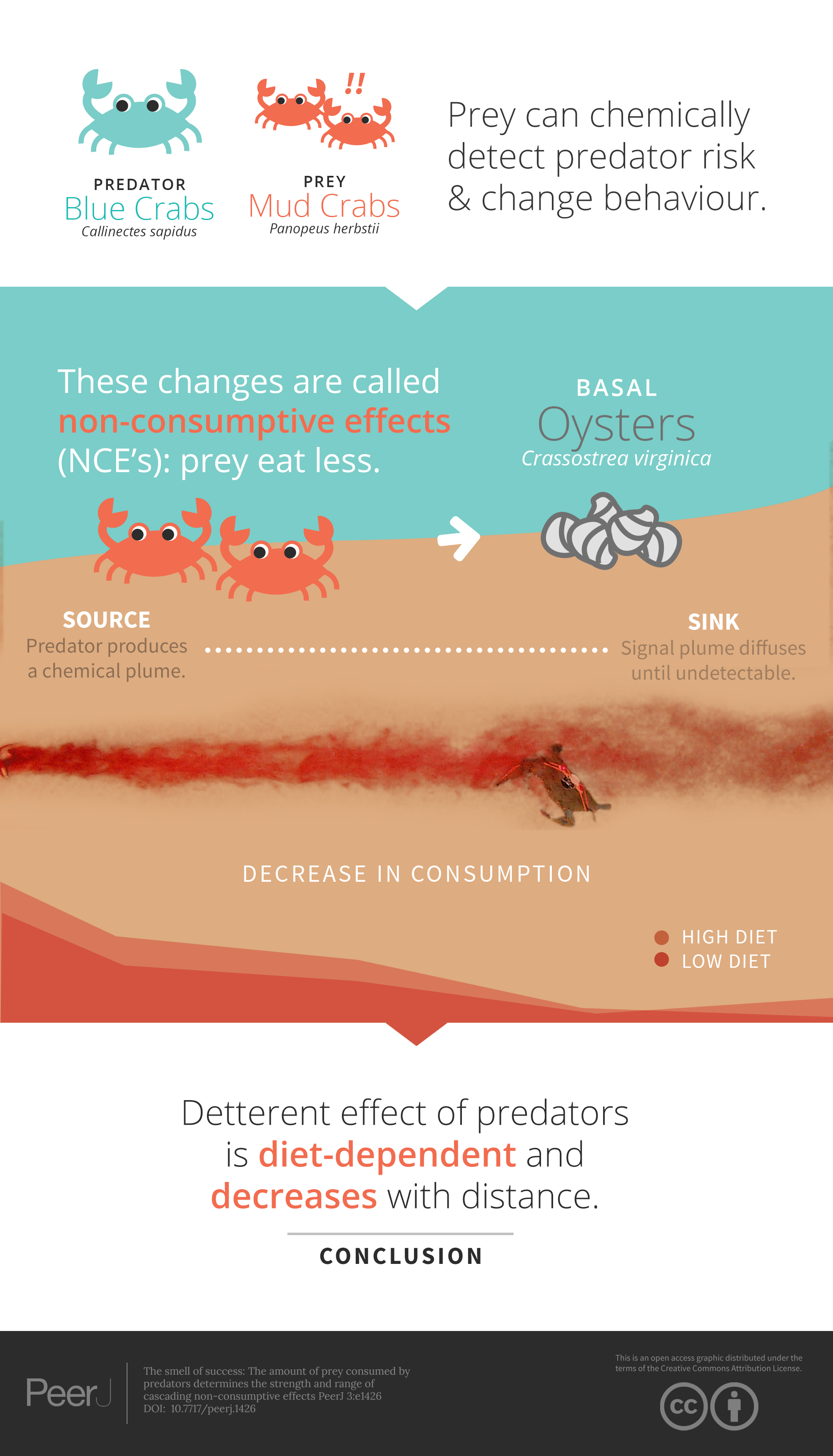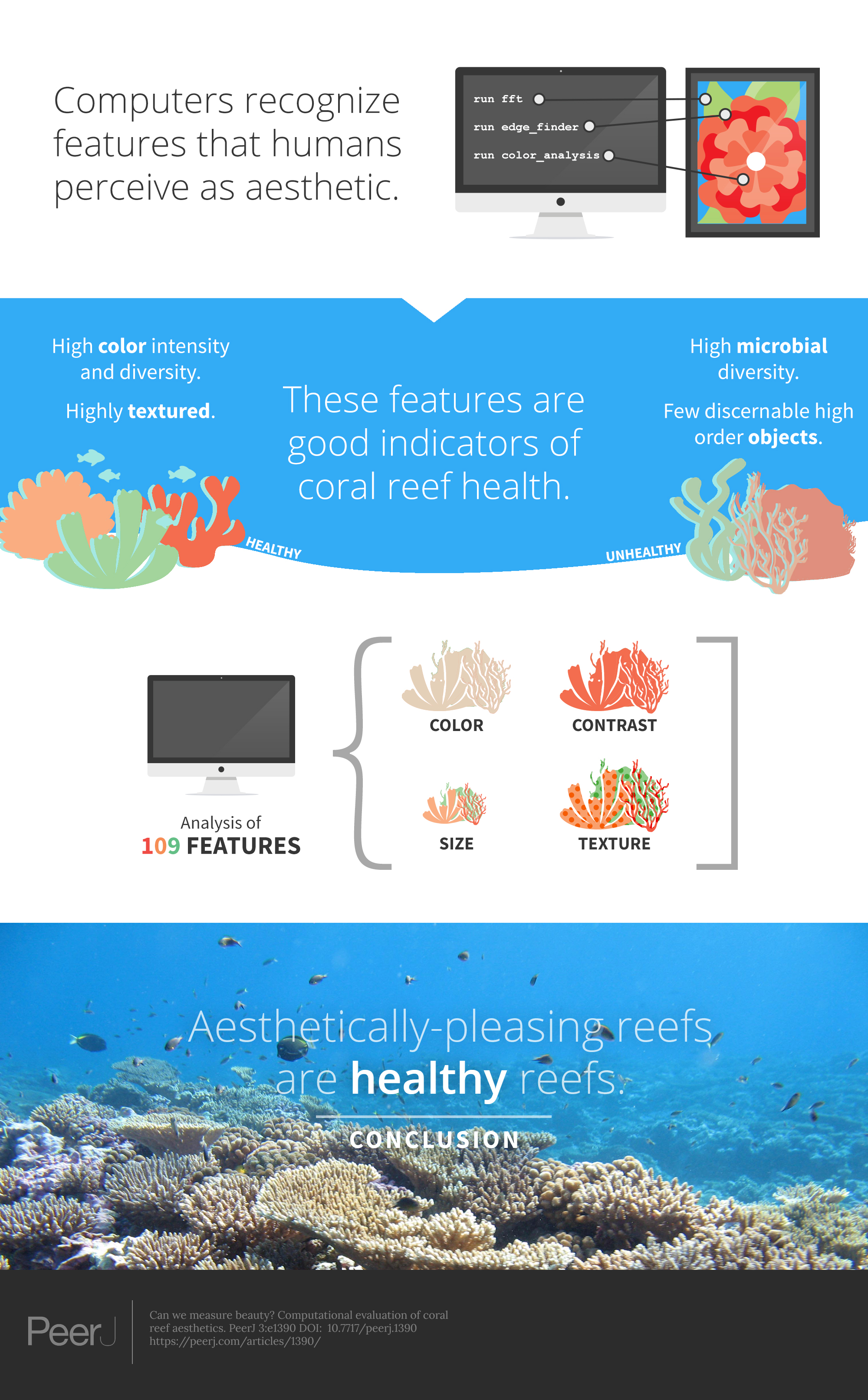Graphics
DOI-assigned graphical abstracts created & published by PubDraw.
Linking phenotype and environment
The way an organism looks and behaves is a result of its genes and its environment. We can't understand this interaction without combining data about an organism's characteristics and its environment, which is very hard because these two data types are so different. This paper describes the challenges and makes suggestions about how to overcome them.
Why bigger muscles are stronger
Biomechanical implications of skeletal muscle hypertrophy and atrophy: A musculoskeletal model. It is well-known that a bigger muscle allows for greater joint moment production capabilities. The reasons for this have often been attributed a larger muscle being able to create more force, and while this is true, it ignores another, just as important factor: the muscle's moment arm (or mechanical advantage). We created a theoretical, mathematical, musculoskeletal model of the biceps brachii and brachialis that were modeled to grow (hypertrophy) and shrink (atrophy), and we found that, by changing the muscle's size, it also changes the muscle's moment arm (or mechanical advantage). This is another factor that determines strength that should be considered.
We might be wrong about marine protected areas
Pathways from marine protected area design and management to ecological success. Five main conditions often thought to influence marine protected area (MPA) performance – their size, age, and degree of isolation; and the presence of no-take fishing regulations and effective enforcement – helped explain the presence of high fish biomass and species diversity in only about one-third of global MPAs. Those conditions were, however, central in preventing further declines of large fish typically targeted in commercial fisheries. Ecological isolation was overwhelming the single most important condition affecting MPA performance, highlighting the importance of carefully selecting and designing MPAs.
Rapid response limited EBOLA outbreak
Rapid drop in the reproduction number during the Ebola outbreak in the Democratic Republic of Congo In 2014, the Democratic Republic of Congo (DRC) experienced a confined outbreak of Ebola that was unrelated to the epidemic in West Africa. A researcher used mathematical models to study the average number of new infections that were caused by infectious persons over the course of the outbreak. The findings show that the outbreak was brought under control within four weeks, supporting the notion that a rapid response limited further spread of Ebola in DRC.
Predator diet determines prey behavior
The smell of success: the amount of prey consumed by predators determines the strength and range of cascading non-consumptive effects Predators can affect prey behavior through chemical cues based on predator diets: the more a predator consumes, the less the prey will eat within certain ranges from the predator. These effects are called non-consumptive effects (NCE's). This study determined that NCE's are both diet and distance dependent.
Computers can measure coral reef beauty
Can we measure beauty? Computational evaluation of coral reef aesthetics. Computers can identify visual features that humans find aesthetically-pleasing. Researchers used this to identify 109 such features to assess the aesthetic value of coral reefs; the main categories were size and distribution of objects, color brightness and hue distribution, and texture. The results of studying 2000 images showed that the aesthetic values assigned to the reefs ultimately correlated to their health scores.
